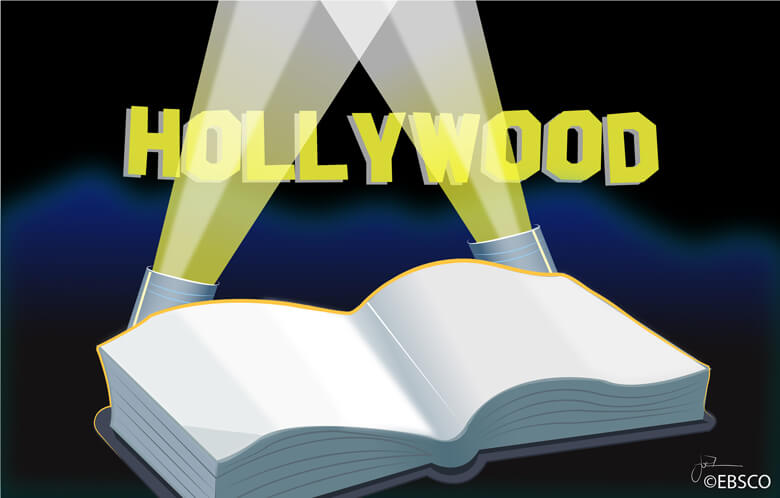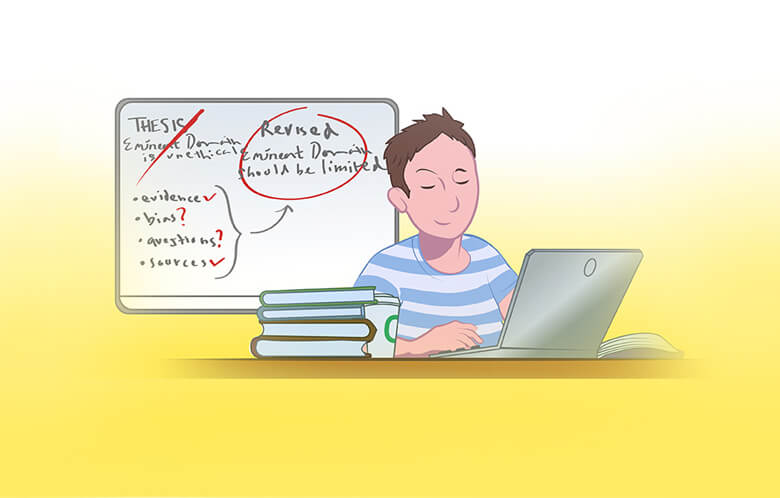In his significant work Novels into Film: The Metamorphosis of Fiction into Cinema (1957), George Bluestone notes that the process of making novels into films has been “overtly compatible [yet] secretly hostile” (2). Bluestone prompts us to think of a common reaction we have when watching a film adapted from a favorite novel: “I can’t believe they butchered the book like that!”
Instructors at all levels have an especially difficult task when teaching film adaptations. The term “adaptation,” as it applies to narrative, is one of the most widely-used yet often-confused terms in classrooms. Many instructors often ask the following questions: How can I maximize educational impact when teaching adaptations? Where does one start? Are all adaptations the same? For that matter, what is an adaptation, and what does it look like?
Narrative adaptation, simply put, is the process of interpreting one text for translation into a new text which may or may not be in a different medium. It is widely believed that adaptations are studied only in English classes, where literature-to-film adaptations are prevalent. But we must dispel that belief—adaptations are taught in classes of all kinds, including history, modern languages, psychology, sociology, political sciences (aka “civics”), math, and even the hard sciences such as biology and chemistry, to name but a few.
It is also widely believed that narrative adaptations are primarily literature-into-film. We must dispel that belief as well. Adaptations exist in myriad forms, including films into literature, literature into plays/musicals, plays/musicals into film, video games into films, films into video games, films into television series, films into new films, and even individual songs into feature-length films.
One example of the emerging trends in film adaptation studies is the focus on specific genres that oftentimes aren’t thought of as “literature.” For instance, The Comic Book Film Adaptation: Exploring Modern Hollywood’s Leading Genre, by Liam Burke (UP Of Mississippi, 2016), is a book devoted entirely to comic books adapted into film. In short, the process of “adapting” one text into a new text is a wide-ranging and complex process.
Teaching adaptations occur in classes of all kinds, including history, modern languages, psychology, sociology, political sciences (aka “civics”), math, and even the hard sciences such as biology and chemistry, to name but a few.
Teaching adaptations occur in classes of all kinds, including history, modern languages, psychology, sociology, political sciences (aka “civics”), math, and even the hard sciences such as biology and chemistry, to name but a few.
In order to effectively teach film adaptations in the classroom, the instructor should start by focusing on a handful of important issues. In particular, encourage students to:
- Focus on “what’s different” in the narratives (i.e., what does the film have that the book does not, and vice versa?), but realize that this is only a discussion starter—push students out of their comfort zones into more sophisticated conversations;
- Examine the critical receptions of each narrative—how was the book received? How was the film received? What does this say about the effectiveness of the adaptation?
- Identify and reflect upon the choices that the “adapter” made in order to create the film—were these choices financially driven by the film’s budget? Were they driven by the length of the book, causing either radical omission if the book is long or creative addition if the book is short? Were they driven by national and world political climates? These are but a few choices to consider; and
- Wrestle with key adaptation issues such as fidelity (i.e., the “faithfulness of the adaption”) and the different degrees of translation, such as faithful vs. radical (i.e., the adaptation bears very little resemblance to the original source material).
In addition, instructors might consult the following works in order to effectively prepare lesson plans and frame class discussions (and student learning outcomes for units that involve adaptations). Considering the need for teachers to stay up to speed on teaching film adaptations, librarians are encouraged to include these types of publications in their collection:
- Novels into Film: The Metamorphosis of Fiction into Cinema (1957), George Bluestone
- Film Adaptation (Rutgers Depth of Field Series) (Rutgers UP, 2000), James Naremore
- Literature and Film: A Guide to the Theory and Practice of Film Adaptation (Wiley-Blackwell, 2004), Robert Stam and Allesandra Raengo (eds.)
- Literature Through Film: Realism, Magic, and the Art of Adaptation (Wiley-Blackwell, 2004), Robert Stam
- Adaptation: Studying Film and Literature (MacGraw-Hill Education, 2005), John Desmond and Peter Hawkes
- Literature into Film: Theory and Practical Approaches (McFarland, 2006), Linda Costanzo Cahir
- The Cambridge Companion to Literature on Screen (Cambridge UP, 2007), Deborah Cartmell and Imelda Whelehan (eds.)
- Film and Literature: An Introduction and Reader, 2nd Ed. (Routledge, 2011), Timothy Corrigan (ed.)
- A Companion to Literature, Film, and Adaptation (Wiley-Blackwell, 2012), Deborah Cartmell (ed.)
- A Theory of Adaptation, 2nd Ed. (Routledge, 2012), Linda Hutcheon (with Siobhan O’Flynn)



